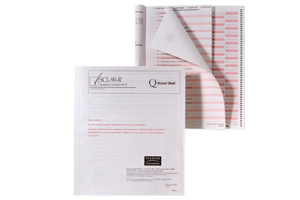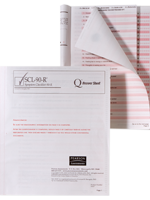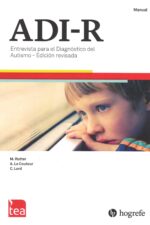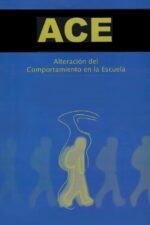Para más información de precio y gastos de envío, favor de llamar al 787-726-2549
o enviar email con su información a info@euroamericanapr.net
** Ciertas Restricciones Aplican **
Includes (1) SCL-90-R Manual (Print)
Publication date: 1994
Age range: Individuals 13 years and older
Reading Level: 6th Grade
Qualification level: B
Completion time: 12-15 minutes (90 items, 5-point rating scale)
Administration: Paper-and-pencil, CD, computer or online administration
Norms: Adult nonpatients, Adult psychiatric outpatients, Adult psychiatric inpatients, Adolescent nonpatients
The SCL-90-R is an evolution of its un-normed precursor, the SCL-90 assessment. By developing norms for the revised assessment (SCL-90-R), and developing the BSI® assessment from that, anxiety scale issues were resolved and the obsessive-compulsive scale was improved.
Benefits
- Supports initial evaluation of patients at intake as an objective method for symptom assessment.
- Measures patient progress during and after treatment to monitor change.
- Measures outcomes for treatment programs and providers through aggregated patient information.
- Helps measure the changes in symptoms such as depression and anxiety.
Features
SCL-90-R helps measure 9 primary symptom dimensions and is designed to provide an overview of a patient’s symptoms and their intensity at a specific point in time.
- Contains only 90 items and can be completed in just 12-15 minutes.
- Progress report graphically displays patient progress for up to 5 previous administrations.
- Assessment helps facilitate treatment decisions and identify patients before problems become acute by providing an index of symptom severity.
- Global Severity Index can be used as a summary of the test.
- More than 1,000 studies demonstrate the reliability, validity, and utility of the instrument.
- Normed on 4 groups: adult psychiatric outpatients, adult non-patients, adult psychiatric inpatients, adolescent non-patients.






